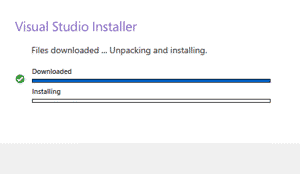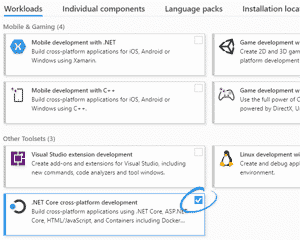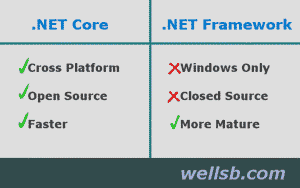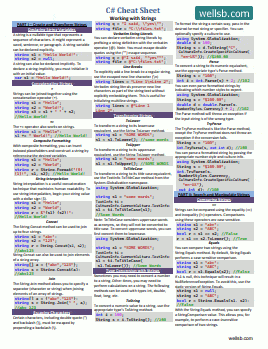In this tutorial, we will install Visual Studio and prepare it for developing applications in C# (pronounced C sharp). I am using the free community edition of Visual Studio. Visual Studio is a feature-rich integrated development environment (IDE) that is perfect for developing your C# programs. You will first download the Visual Studio installer from Microsoft.
Configuring Visual Studio for C#
When you open the downloaded file, you will see some additional packages downloading and installing. The web installer is setting up the Visual Studio Installer. The Visual Studio Installer is the manager you will use to set up which programming languages and workloads you will be targeting.

Once the Visual Studio Installer has launched, you will see a list of available workloads. Here, you can choose the packages and libraries that you will need when creating your applications. By default, Visual Studio will install the core editor experience with such features as syntax highlighting, IntelliSense code completion, and source code management. Later, we will create programs that use the ASP.NET web development workload and the Xamarin mobile development module, but you don't need these now. Since you can modify your installed modules at any time, you just need to install the .NET Core cross-platform development workload for now.

After you check the box for .NET Core development, just click Install. It may take a while to download and install the selected packages. Once it finishes, you will have Visual Studio set up, and you will be ready to write your first C# program.
.NET Core vs .NET Framework
Why am I choosing .NET Core over .NET Framework? Simply put, .NET Core is the future of the platform. While .NET Framework is more of a legacy framework, .NET Core receives regular updates as the Microsoft team puts significant development time and effort into adding new features. You can follow along with updates to .NET Core on its GitHub repository, which leads me to another benefit of .NET Core: it is open-source software with code and issue support available on GithHub.
In addition, whereas .NET Framework is limited to Windows deployments, .NET Core is a cross-platform runtime with support for Windows, Linux, and macOS. The .NET Framework is still widely used in legacy applications, particularly in enterprise environments, but if you are new to learning C#, you should invest your time in .NET Core.
The following chart summarizes some of the pros and cons of .NET Core vs .NET Framework:

The Bottom Line
If you followed this tutorial, you have now successfully installed Visual Studio and configured it for writing your first C# programs. Visual Studio is an integrated desktop environment with a number of helpful features for both new and experiences programmers. There are paid versions of Visual Studio, but the Community version is free and should satisfy all your demands.
If you have any questions about installing or configuring Visual Studio for C#, let me know in the comments!
Don't stop learning!
There is so much to discover about C#. That's why I am making my favorite tips and tricks available for free. Enter your email address below to become a better .NET developer.
Did you know?

Our beautiful, multi-column C# reference guides contain more than 150 tips and examples to make it even easier to write better code.
Get your cheat sheets